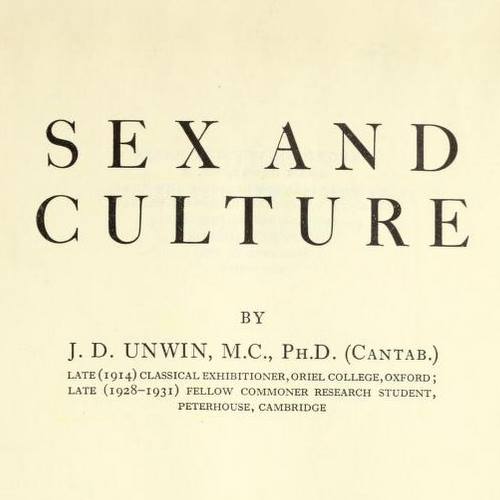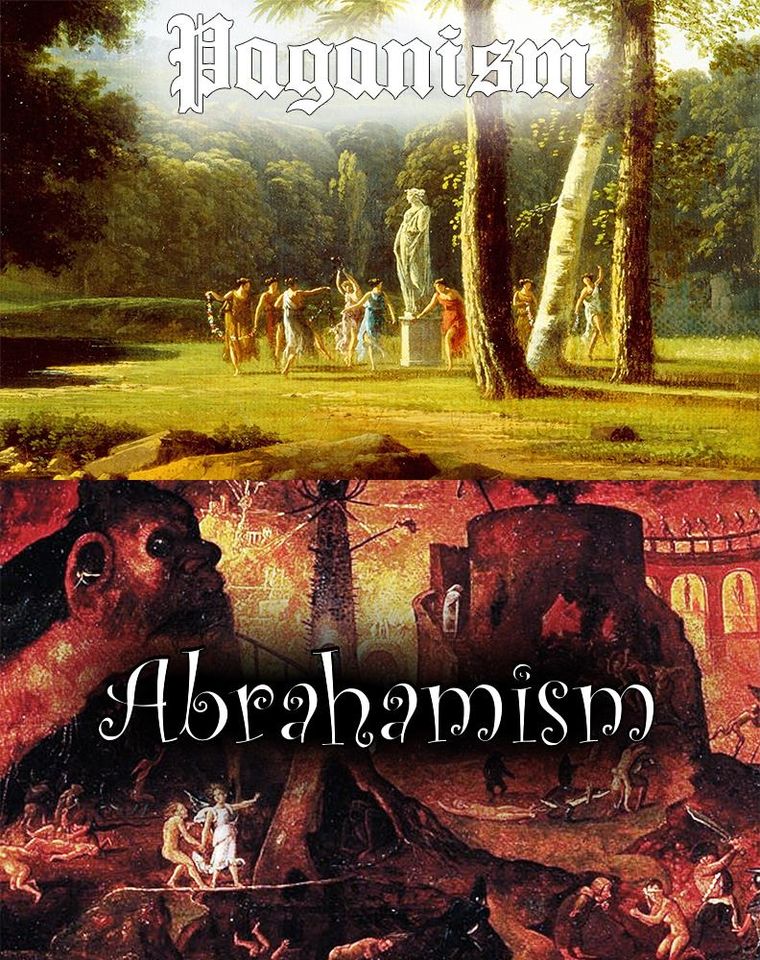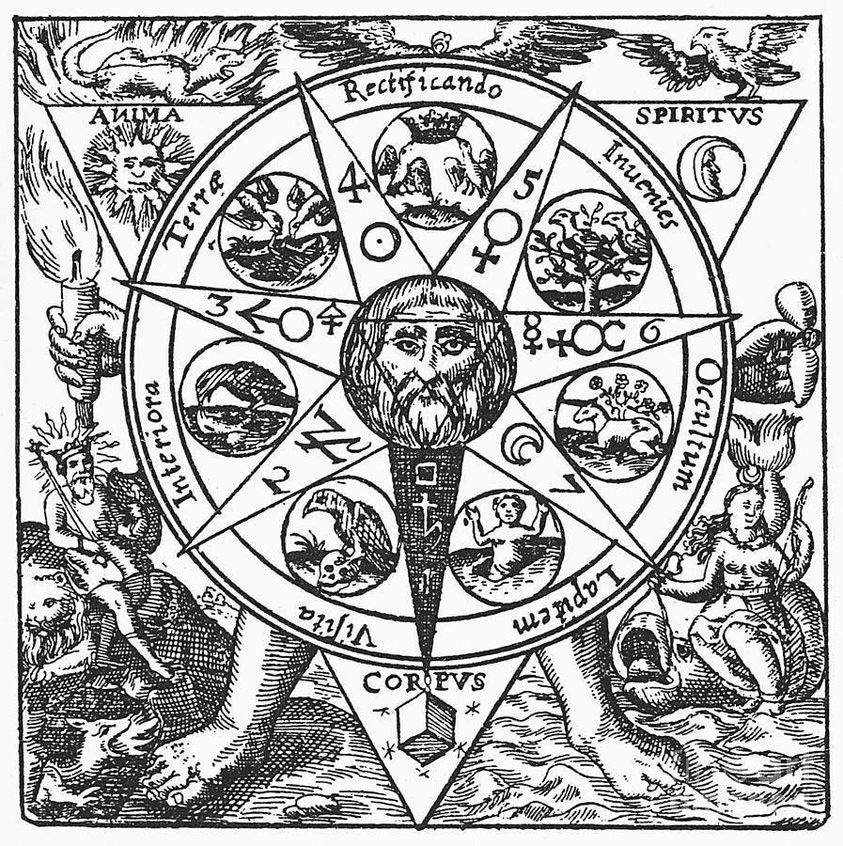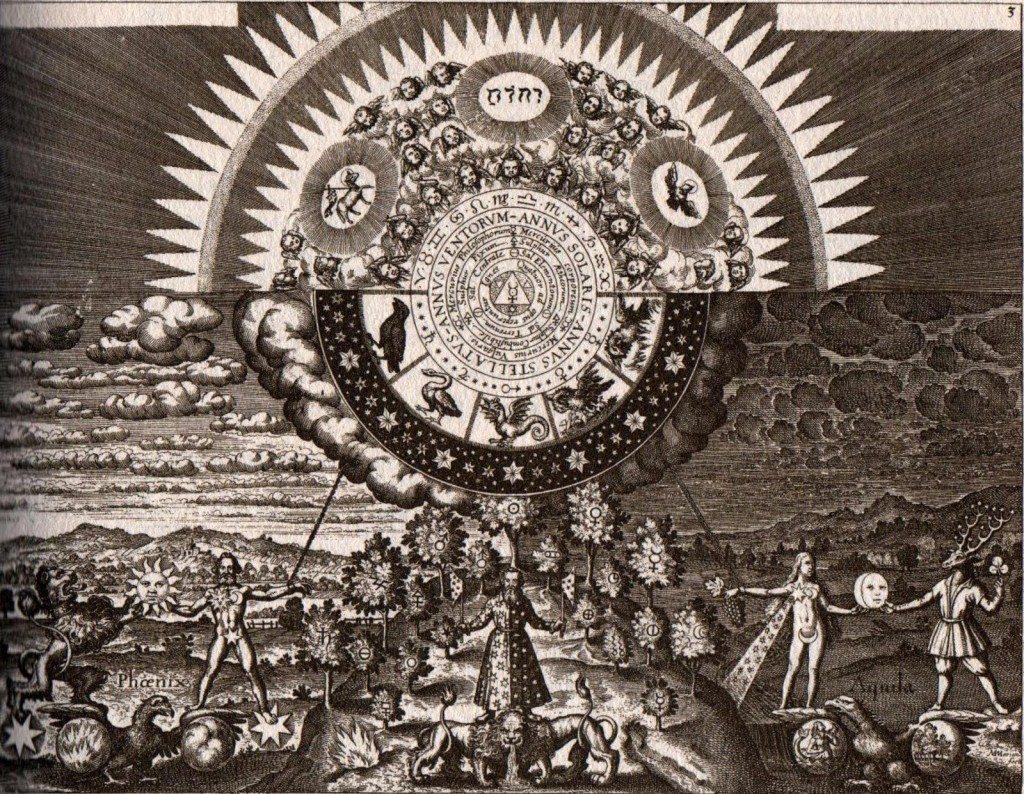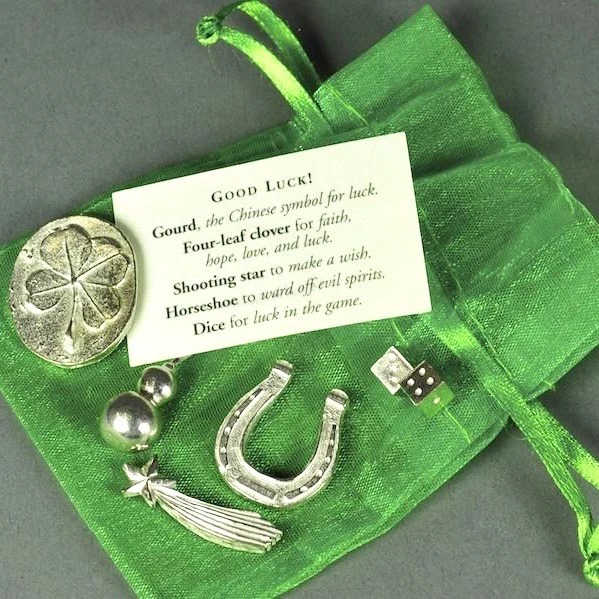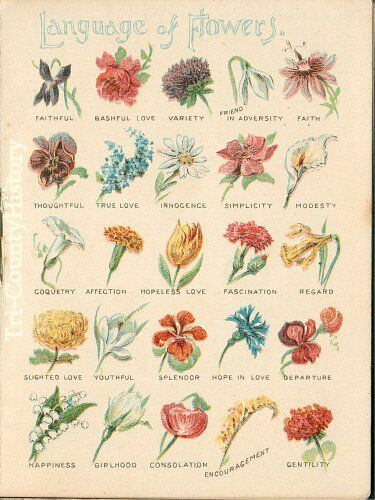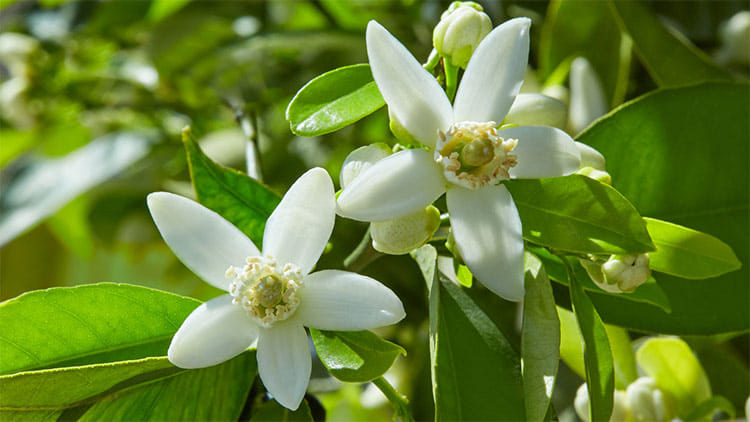
Neroli essential oil exudes an entrancing citrus aroma with slightly spicy, bittersweet undertones. The oil is rendered from the white blossoms of the bitter orange or Seville orange tree. It takes one ton of hand-picked flowers to make a scant quart of oil, so it is quite valuable and expensive in the essential oil trade and can provide for a luxurious incense experience.
Neroli oil can relieve diarrhea and comfort women who suffer from premenstrual syndrome. By stimulating cell turnover, it can prevent scarring and stretch marks on the skin. With consistent use, it can reduce the appearance of broken capillaries and varicose veins. Neroli has historically been used to dissipate acute anxiety and calm grief or hysteria when used in incense. Neroli compliments spice oils like nutmeg and clove bud and is particularly compatible with myrrh incense.
Neroli
Type: Essential Oil
Energy: N/A
Gender: N/A
Planet: Sun
Elements: Fire
Powers: Purification, Joy and Sex
Self-purification: Inhale while you visualize the scent burning away negative thought patterns, harmful habits and other misuses of your energy and mind.
Joy: Simply sniff the scent to lift up your spirits and temporarily settle emotions.
Sex: Inhale while you visualize your physical, emotional, spiritual, mental and psychic connection with the person you will be intimate with. Not an aphrodisiac, but calms the conscious mind and smoothes the path to mutual satisfaction.
Neroli essential oil is obtained from the flowers of the Seville orange trees. This essential is obtained by water distilling the orange blossoms since they are very fragile and, hence, cannot undergo the steam distillation process. The aroma of neroli essential oil has a lot of resemblance to bergamot. Neroli essential oil possesses a invigorating and typical, zesty fragrance with a sweet and flowery tinge. The flowers are usually collected manually during the period between late April and early May. Going by history, the late 17th century Duchess of Bracciano and Princess of Nerola in Italy, Anne Marie Orsini was the first to introduce the quintessence of the bitter orange tree as a fragrance to perfume her gloves and her bath. It is believed that ever since, the term neroli was used to denote this essence.
It may be mentioned that the neroli essential oil is considered to be among the most valuable and pricey natural oils available in the market. While this natural oil is obtained from the aromatic white flowers of the Seville orange trees, it is one of the most expensive natural oils since several tons of flowers of this species is required to obtain just one pound of the essential oil. This essential oil possesses numerous aromatic properties and, in aromatherapy, it is used to treat as well as prevent several medical conditions. While neroli essential oil has a relaxing and soothing impact on the nervous system, its use also facilitates alleviating conditions, such as depression and fretfulness that are associated with mental stress or tension.
Neroli essential oil is rejuvenating in every sense and, hence, it is a beneficial element in several skin care products, particularly those that are meant for treating dry skin and associated problems, such as acne, dermatitis and inflamed skin conditions. In addition, neroli essential oil is also a wonderful remedy for mature skin (skin of the elderly people), stretch marks and scars. It is known to tone up the complexion of the skin as well as soften wrinkles. Neroli essential oil also has industrial use and is often used in the manufacture of colognes, perfumes, and toilet waters. Like in the instance of most other essential oils, using a little amount of neroli essential oil will sustain for a prolonged period. This natural oil obtained from the blossoms of the bitter orange tree is not only versatile in use and utility, but also blends easily with almost all other essential oils.
As aforementioned, neroli essential oil is obtained from the flowers of the bitter orange tree and is considered to be very pricey natural oil. The blossoms of the bitter orange tree are petite, whitish and highly scented. It also needs to be mentioned again that neroli essential oil is not obtained through steam distillation, but by a method known as solvent distillation using water. This is primarily owing to the fact that the blossoms of the bitter orange trees are very fragile and cannot endure steam distillation.
The essential oil extracted from the blossoms of the bitter orange trees possesses several therapeutic properties and, hence, is used to treat a number of conditions or physical and mental disorders. This natural oil possesses sedative as well as stimulant properties that are beneficial for the nervous system. It can be used to treat most of the problems related to stress and tension having an emotional origin. In addition, neroli essential oil is widely used to treat conditions, such as heart palpitations, diminish nervous anxiety and cure insomnia or sleeplessness. Deep inhaling of the aroma of neroli essential oil as well as massaging a few drops of this natural oil blended with jojoba oil on the solar plexus helps to soothe and comfort the body and the mind. The same effect is experienced when one uses this as a natural perfume or diffuses the oil in little quantities. In fact, in aromatherapy, neroli essential oil is believed to be among the most vital aromatics while treating depression and nervousness caused by tension and anxiety.
Neroli essential oil is also considered to be one of the most beneficial oil for women, especially for the skin care of elderly women. For treating mature skin, this natural oil needs to be blended with rose Otto and clary sage oils for utmost benefits. The oil’s relaxing characteristics are passed on to the cells, which are rejuvenated. In addition, use of neroli essential oil is also useful for people having sensitive skin. Most importantly, the essential oil extracted from the blossoms of the bitter orange trees has been proved to be beneficial for the female reproductive system, especially for providing relief from menstrual cramps. When using this oil for this particular therapeutic purpose, add neroli essential oil to your bath or bring down its concentration to around 10 per cent by adding it to apricot kernel oil and massage the blended oil on the abdomen. This will help to provide relief from menstrual cramps immediately.
The essential oil obtained from the flowers of the bitter orange trees possesses anti-parasitic, anti-bacterial and anti-spasmodic properties. These properties of this natural oil help it to treat intestinal problems. In order to cure intestinal disorder with neroli essential oil drop a few drops of the oil in your bath or dilute it and massage the oil on the abdomen. In addition, massaging diluted neroli essential oil on the abdomen is very useful in treating stomach problems caused by stress and mental tension.
Neroli essential oil has varied use in aromatherapy. It has been reported that the fragrance of this essential oil is effective in successfully treating conditions, such as shock and nervous depression. Use of this natural oil also helps in relaxing the body and the mind and alleviates certain conditions that may appear to be critical. Neroli essential oil is known to provide relief from several hopeless situations related to mental disorders. In aromatherapy, the essential oil extracted from the blossoms of the bitter orange trees may be used in burners and diffusers to increase the atmosphere in a room. Its use in this manner helps to bring in an air of peace and comfort.
As has been discussed earlier, neroli essential oil possesses several therapeutic properties and is, therefore, used to treat different conditions. Below is a brief account of the condition specific utilities or benefits of this natural oil that may benefit you. Just go through the list and you may find it suitable for treating some medical condition you might be enduring.
In case you are suffering from depression and nothing seems to be working to alleviate this pathetic condition, it is advisable that you try using neroli essential oil. Used in aromatherapy, this essential oil not only helps to cure depression, but also results in a happy feeling and uplifts your mood. This attribute of neroli essential oil makes its use widespread in aromatherapy.
In the instance of getting a wound or a cut and the physician not being readily available for administering an anti-tetanus injection, you may apply neroli essential oil, of course in a diluted condition, on your wounds or cut. The anti-septic and anti-bacterial properties of neroli essential oil will help to shield your wounds from becoming infected and tetanus. It has been proved that the oil obtained by solvent distillation of the blooms of the bitter orange trees is effective in healing as well as protecting wounds from getting infectious. Once you have applied this oil on your wound or cut, you can afford to visit your doctor at your leisure.
Owing to its anti-bacterial properties, neroli essential oil is very effective in eliminating bacteria – it is also known to be bactericidal. Bacteria are responsible for certain ailments and conditions, such as typhoid, cholera, food poisoning and some specific skin disorder and using this essential oil helps to cure all such diseases and conditions.
Another important characteristic of neroli essential oil is that during cold climates, its usage helps to keep one warm and does not allow him/ her to catch a cold or suffer from cough. It facilitates the body to fight against these conditions caused by infections. In addition, the oil also possesses some expectorant properties that helps in checking production of excessive mucus by the body and ensures that you breathe freely and have a sound sleep even during the winter months.
Neroli essential oil possesses the characteristics to heal wounds by forming scars on them (cicatrisant property). It has been established that this particular feature of neroli essential oil works much more effectively compared to any other anti-mark lotion or cream. In effect, neroli essential oil forms an important ingredient of several herbal anti-mark lotions or creams. Using neroli essential oil or lotions and creams containing this oil facilitates in erasing spots, blemishes and after-marks caused by boils, acne, chickenpox and other similar conditions.
Use of neroli essential oil encourages growth of new cells as well as helps to maintain the health of the existing cells in the body. In other words, using this oil on a regular basis helps one to grow bigger, more powerful and healthier.
The antiseptic property of neroli essential oil not only helps to disinfect the body, but also makes the surroundings germ free. When taken internally, the essential oil obtained from the blossoms of the bitter orange tree helps to heal various types of contagions – including those of the kidneys, colon, prostate and the urinary tracts. In addition, this oil is also effective in curing skin infections and also protects the body from all new contagions.
The aroma of neroli oil helps to shoo away all types of foul body odour. While you may chose to use this oil as a body perfume, it can also be used as room fresheners or vaporizers to clean the atmosphere of all foul odours. Doing this not only helps to make the room scented, but also sterilizes the place.
The anti-spasmodic property of neroli essential oil is effective in treating spasms and providing relief from coughs, cramps and aches due to spasms. It also helps to cure spasmodic cholera and relax the muscles alleviating pain.
At the same time, neroli essential oil obtained from the bitter orange trees is also stomachic and beneficial for all types of stomach disorders. Use of neroli essential oil encourages digestion as well as enhances appetite.
Neroli essential oil also possesses sedative properties which help it to alleviate mental disorders, such as distress, nervous anxiety, depression and anger. Using this natural oil on a regular basis helps to relax the body as well as the mind.
Many herbalists often recommend neroli essential oil to treat colitis (inflammation of the colon), neuralgia (acute spasmodic pain caused by damage to or failure of a nerve), fat-cracks and diarrhea. Moreover, use of neroli essential oil also helps in losing unwanted weight.
As mentioned earlier, neroli essential oil is highly beneficial for the skin. Topical application of this natural oil on the surface of the skin makes the skin smooth, protects it from all types of infections and helps to make it appear fresh and healthy adding glamour. Use of neroli essential oil facilitates in sustaining the appropriate amount of moisture in the skin and also balances the oils present in the skin.
The essential oil extracted from the blossoms of the bitter orange trees is responsible for maintaining the overall health of an individual. Its use ensures that the correct rate of metabolism and proper blood circulation are maintained by the body. In addition, neroli essential oil also helps to strengthen the immune system helping us to fight against various ailments.
General properties
antispasmodic
antitoxic
aphrodisiac
sedative
slightly hypnotic
tranquilizing
uplifting
Blends well with
Blends well with any essential oil but especially with citrus oils such as lemon and sweet orange
chamomile
clary sage
frankincense
geranium
patchouli
rose
sandalwood
ylang ylang
General uses
aging skin
anorexia
anxiety
broken capillaries
bulimia
childbirth
colitis
depression
diarrhea
fatigue
fear
flatulence
frigidity
grief
high blood pressure
hysteria and panic
impotence
indigestion
insomnia
nervous dyspepsia
nervous tension
oversensitivity
palpitations
rejuvenation
shock
Precaution
Neroli essential oil obtained from the aromatic flowers of the Seville orange or the bitter orange trees should never be used by patients undergoing chemotherapy for treating any type of cancer.
Planet: Sun
Elements: Fire
Powers: Purification, Joy and Sex
Self-purification: Inhale while you visualize the scent burning away negative thought patterns, harmful habits and other misuses of your energy and mind.
Joy: Simply sniff the scent to lift up your spirits and temporarily settle emotions.
Sex: Inhale while you visualize your physical, emotional, spiritual, mental and psychic connection with the person you will be intimate with. Not an aphrodisiac, but calms the conscious mind and smoothes the path to mutual satisfaction.








